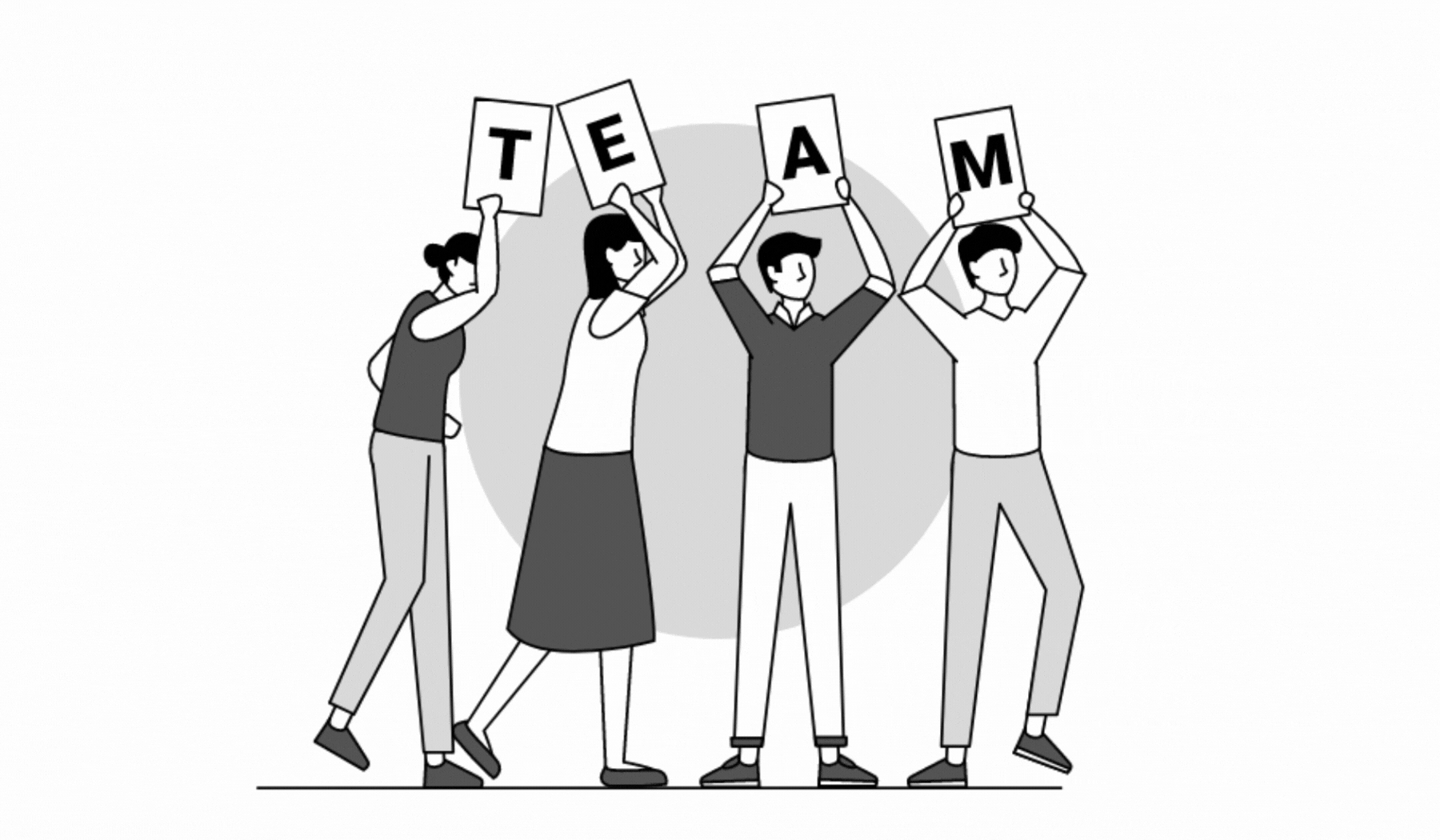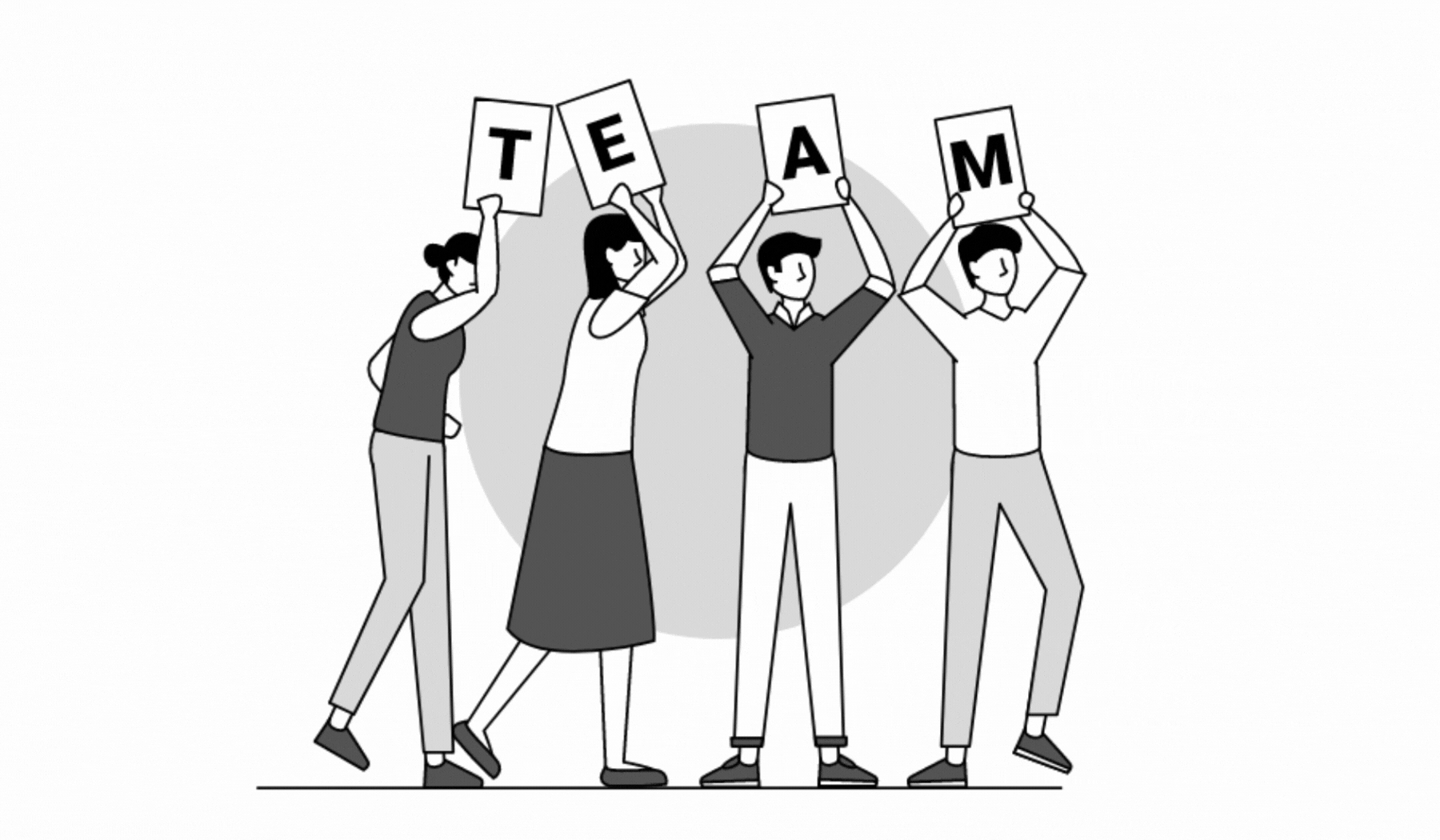Suffering from Post Collaboration Project Disorder?
Picture this: You’re sitting in class, the teacher has finished the lesson, and you just have to get the details of your final assignment before...
2 min read
 Rachel Breidster
:
Aug 8, 2023 11:59:16 AM
Rachel Breidster
:
Aug 8, 2023 11:59:16 AM


In an environment where the pace of work is seemingly ever-increasing, and deadlines loom closer and closer, it can be challenging to slow down long enough to think through the strategy behind your decisions. Especially when those decisions involve determining who is assigned which tasks when those tasks needed to be completed yesterday! Unfortunately, when it comes to creating and building winning teams to complete larger projects, thinking through a strategy is exactly what’s needed. Tired of making-do with partially engaged teams that you’re fitting into a project? Ready to start crafting teams that are well-suited to excel at the tasks you need to get done? Check out these tips to help you assemble a team that’s positioned to win.
Starting with these three strategies will help you level up your team’s ability to knock it out of the park. By playing to team members’ strengths, gaining additional perspectives and experience from others, and working to create healthy timelines and mission-driven priorities, individual engagement and investment will increase - leading to a more unified and successful team.

Picture this: You’re sitting in class, the teacher has finished the lesson, and you just have to get the details of your final assignment before...

Not every task requires collaboration, but every *company* does. Unfortunately, over time, some of our organizational behaviors get in the way....

While many of us conceive of collaboration in a very formal sense that involves a team sitting around a table, working to accomplish one common...